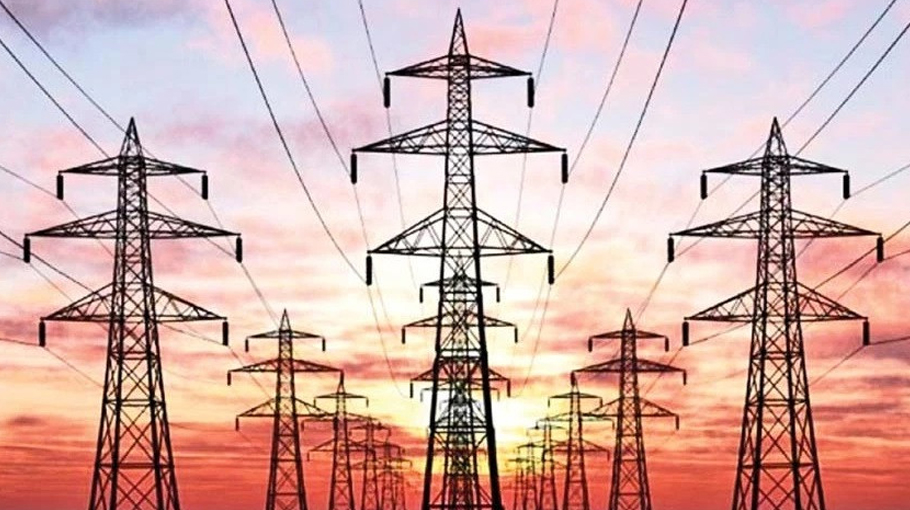Power generation: Beyond new benchmark of 30,000MW

The country’s overall power generation, combining grid capacity and off-grid (mainly captive) power, increased by about 5000MW in 2023 to reach a new benchmark of 30,700MW, although with demand failing to keep up, this is expected to lead to higher capacity payments for the government.
This is disclosed in available data from the state-owned Bangladesh Power Development Board (BPDB), Bangladesh Energy Regulatory Commission (BERC) and Sustainable and Renewable Energy Development Authority (Sreda).
The BPDB data shows that of the 5000MW new power generation, some 3,343MW was added to the national grid by the import electricity from India and production from newly set up local power plants while about 1400MW came from off-grid captive and off-grid solar power.
It also shows that the country’s installed grid-connected power generation capacity has reached to 25,951 MW on December 30 in 2023 from 22,608 MW in 2022 showing a capacity enhancement of 3343 MW. Beyond the national grid, as per BERC data, the captive power generation has increased by 1379MW to reach 4760 MW in 2023 from 3,381MW in 2022.
generation has increased by 1379MW to reach 4760 MW in 2023 from 3,381MW in 2022.
The captive power plants were mainly set up by industries for their own consumption to get uninterrupted power supply as the grid power does not guarantee uninterrupted supply.
Sources in the power sector said that despite more than 40 percent surplus power generation in the country, still many industries prefer to use their captive power for uninterrupted supply.
A huge number of applications remain pending with the Bangladesh Energy Regulatory Commission (BERC) to set up more captive plants.
The power generation from non-conventional, or renewable sources also witnessed an increase in 2023.
The Sustainable and Renewable Energy Development Authority (Sreda) statistics show that the solar power generation capacity reached 1200MW in 2023 from 700MW in 2022.
Of the 1200 MW, the off grid is 366.76 MW while ongrid is 601.02 MW. However, the country’s hydroelectric capacity of 230 MW is included in the Sreda statistics.
Together the new off-grid captive power and grid-connected power has pushed up the country’s total power generation capacity to 30,711 MW in 2023 from about 25,700 MW at the end of 2022.
BPDB officials said that the import of 1600 MW from the Adani Group’s plant for Bangladesh in Godda, Jharkhand, has played a major role in increasing the power generation capacity of the country.
Apart from the import, the commercial operations of a number of base-load power plants played a significant role in raising power generation capacity.
These new power plants include 600 MW second unit of Rampal Power Plant, and 1200 MW Banshkhali power plant of S Alam Group. There is also a 200 MW Solar power plant in Khulna by Orion Group.
Although this capacity enhancement in power generation is a pleasing development on the face of it, especially given the country’s long history of struggle with power shortages, BPDB officials are also quick to point out that the growing surplus capacity would also lead to a rise in capacity payments, whereby IPPs get paid even for the electricity the government doesn’t need from them.
They said that the new power plants being added to the grid were set up by the IPPs, or independent power producers (the private sector firms investing in the power sector, by building and often operating the plants), and the BPDB has an obligation to purchase power from them - to not let their investment go to waste or end in loss. Having them exit the power sector due to losses would be a bigger blow to BPDB's long-term vision.
The increasing burden of capacity payments may pinch the government, as well as the consumer, harder if the dollar crisis prevailing in the country persists. According to the Centre for Policy Dialogue, a Dhaka-based think tank, capacity payments to private, rental, and quick rental power plants have increased from Tk 5,376 crores in FY2017 to as high as an estimated Tk 28,000 crores in FY 2023.
In 2024, surplus electricity generation capacity is projected to rise to 50 percent from the existing 40 percent, as the country’s peak hour demand is about 16,000 MW, according to a top BPDB official.
It would mean even at peak demand, half the plants would be surplus to requirements, and thus lie idle.




